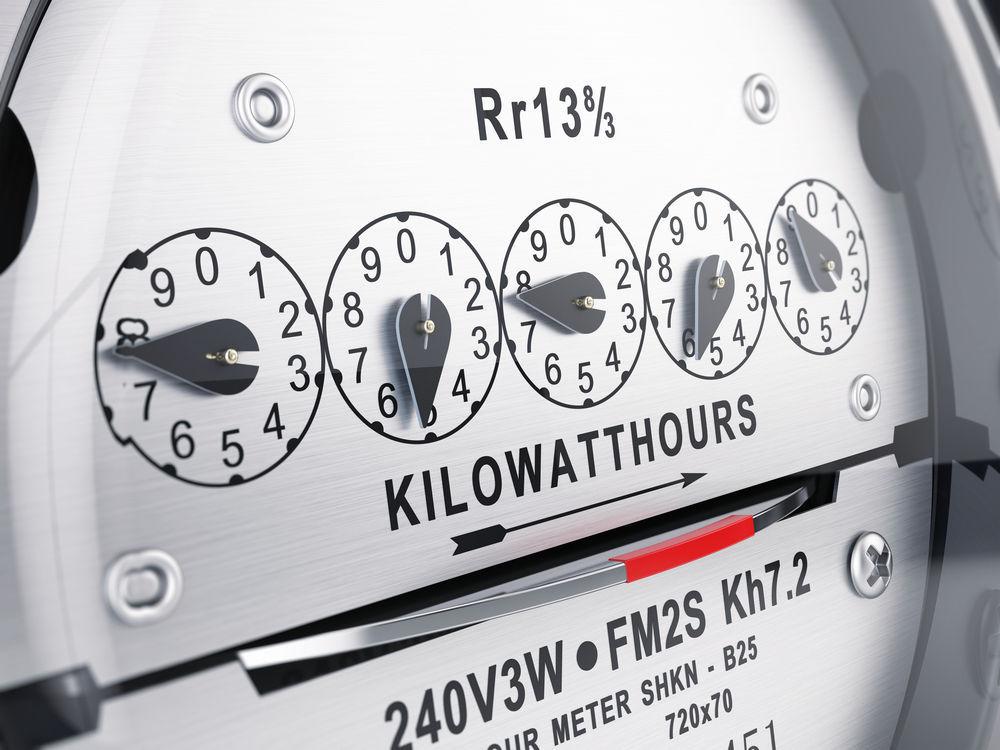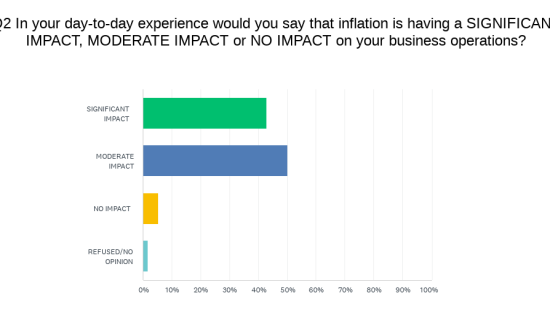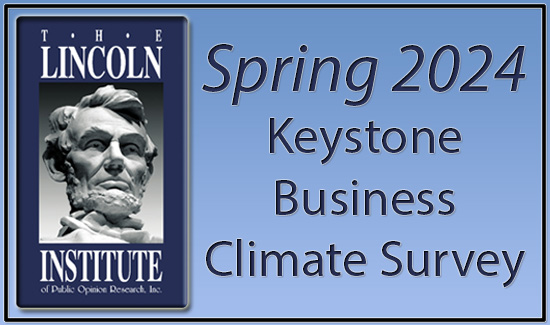(The Center Square) – Are policymakers treating the push to adopt electric vehicles as a “field of dreams” by setting goals and assuming the industries involved will be able to meet them?
Opinions vary, and some experts warn about the risk of unintended consequences from plunging headlong into a complex and uncertain technological innovation they say is being overlooked by political optimism – essentially putting the cart before the horse.
The Biden administration aims for electric vehicles, or EVs, to account for half of all new vehicle sales by 2030. The plan ends federal purchases of gas-powered cars by 2035, but stops short of an outright ban. However, several states have announced they will do so – some as early as 2030.
A longtime systems engineer and contributing editor for IEEE Spectrum – an Institute of Electrical and Electronics Engineers publication – Charette has consulted for governments and corporations, but he refers to himself as a “risk ecologist.”
“When you bring in a new technology, especially one that has giant social, financial, and economic implications, you have to worry about the risks because society moves forward by managing risks better,” he said.
Current policymaking, he told The Center Square, “is a kind of field of dreams” in that lawmakers believe if they pass it, the engineers and auto manufacturers will “figure it out, overcome it, and everything will work.”
“Transitioning to electric vehicles and renewable energy to combat climate change are valid goals in themselves,” he writes in the book. However, he clarifies that attempting to make such transitions at scale in such a short time “is fraught with problems, risks, and unanticipated consequences that need honest and open recognition so they can be actively and realistically addressed.”
“At scale” means not only manufacturing millions of EVs per year, but having systems in place to support them – from recharging to repair. Charette says this will take massive effort.
He said the economy – as well as the transportation and energy sectors – are being transformed simultaneously, each creating massive ripple effects that impact everyone. The core issue is the electric grid.
“The electric grid is absolutely key,” and without necessary improvements, “this whole thing is going to collapse,” Charette said.
Other components he discussed include batteries, the charger infrastructure, public policies, software, the labor market, and lifestyle changes
He said many engineering folks are looking at this from 60,000 feet and say it’s doable.
“But when you get down to the nitty-gritty…it’s doable, but not at the cost and schedule you think it’s going to be, nor as reliably,” Charette added.
Somewhere between 2024 and 2026 “is when the rubber is really going to meet the road,” Charette said. At this point, many EVs will be available, “and the public is either going to embrace them or spit them out.”
It’s unclear whether manufacturers will become profitable with EVs, go under, or consolidate.
Charette also questions whether transitioning to EVs will be cheaper over the long haul, noting there’s no indication how long the process will actually take.
“If EV-only families are going to be the norm, the benefits of purchasing EVs will need to be above – and the risks associated with owning will need to match or be below – those of today’s and future ICE vehicles,” he said.






